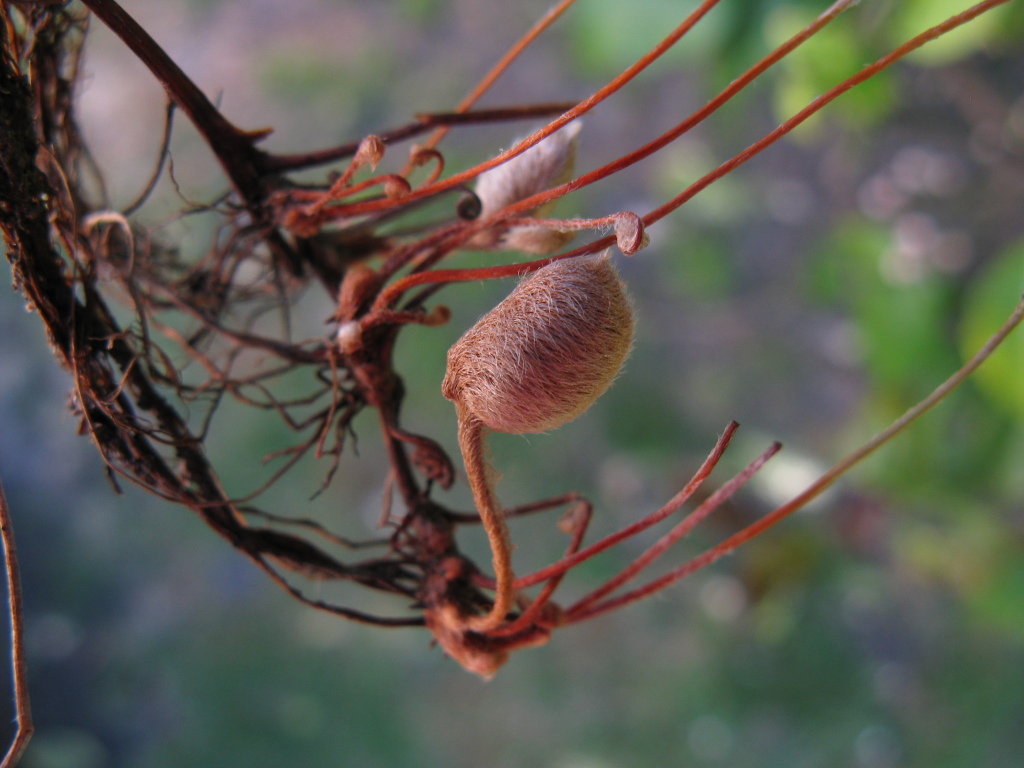Marsilea drummondii
A.Braun Common NardooRhizome sometimes woody, densely hairy when young. Fronds solitary or in clusters at nodes, 1–3 cm apart. Stipe usually 3–30 cm long. Leaflets equally arranged, broadly obovate-cuneate, 5–30 mm long, both surfaces densely hairy or, when aquatic, almost glabrous (especially on upper surface), grey-green; outer margin either rounded and entire or deeply scalloped. Sporocarps single or clustered, oblong-ellipsoid, 6–9 mm diam., brown, smooth to slightly ribbed, densely hairy (hairs sometimes 'duck-tailed' into a point at distal end of sporocarp, obscuring the rounded end), upper tooth conical, lower tooth usually longer and conspicuous, rounded; stalks unbranched, 2–10 times longer than sporocarp.
LoM, MuM, Wim, Brid, VVP, VRiv, MSB, RobP, MuF, GipP, OtP, Gold, CVU, GGr, DunT, NIS, HSF, HNF, Strz. All mainland states. Mainly on wet mud and clay, in swamps, waterholes, shallow depressions and ephemeral streams throughout the north-west and north of State, but also in seasonally wet areas of the basalt plains west of Melbourne. Early this century, it was recorded from swamps near the Yarra River in Kew.
Highly variable in the size, outer margin scalloping and hairiness of leaflets as well as the size of sporocarps. Smaller leaved specimens may key to M. costulifera. Aboriginal people used the ground-up sporocarps for food, although the plant is toxic to stock when grazed heavily.
Entwisle, T.J. (1994). Ferns and allied plants (Psilophyta, Lycopodiophyta, Polypodiophyta). In: Walsh, N.G.; Entwisle, T.J., Flora of Victoria Vol. 2, Ferns and Allied Plants, Conifers and Monocotyledons, pp. 13–111. Inkata Press, Melbourne.
 Spinning
Spinning



